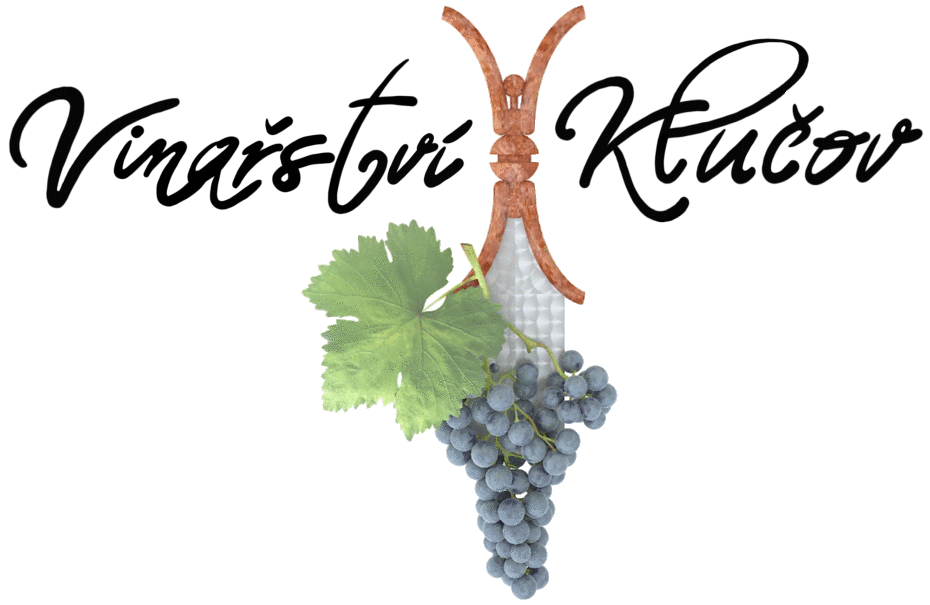Mutants and Clones of Pinot Noir
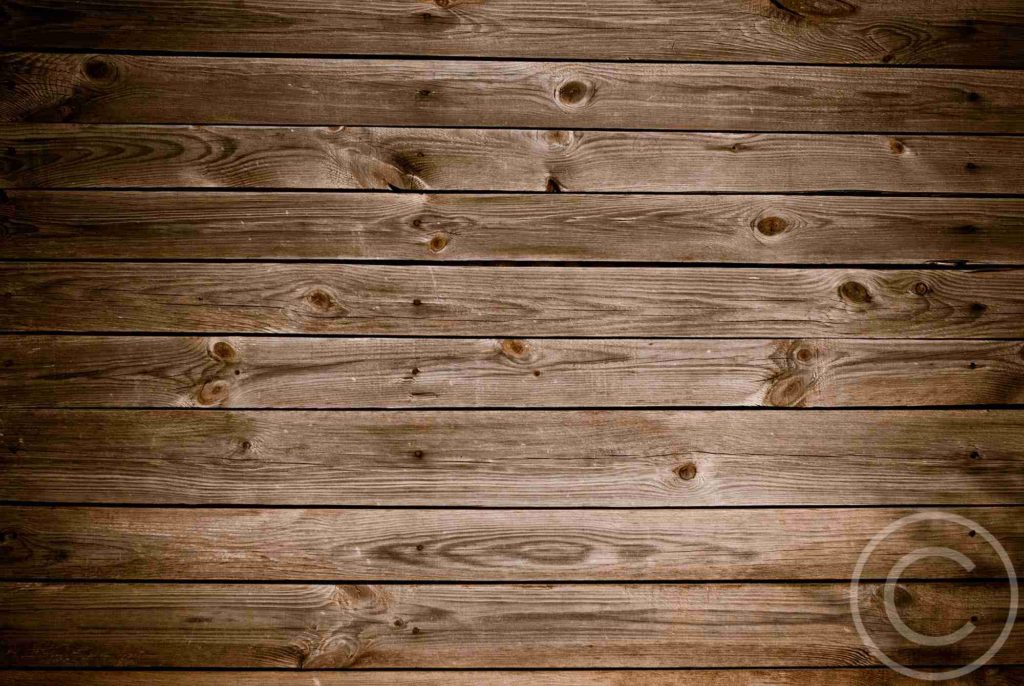
Pinot noir is almost certainly a very ancient variety that may be only one or two generations removed from wild, Vitis sylvestris, vines. Its origins are nevertheless unclear: In De […]
What Is Fortified Wine Actually?

Fortified wine is a wine to which a distilled
Exploring Effects On Wine
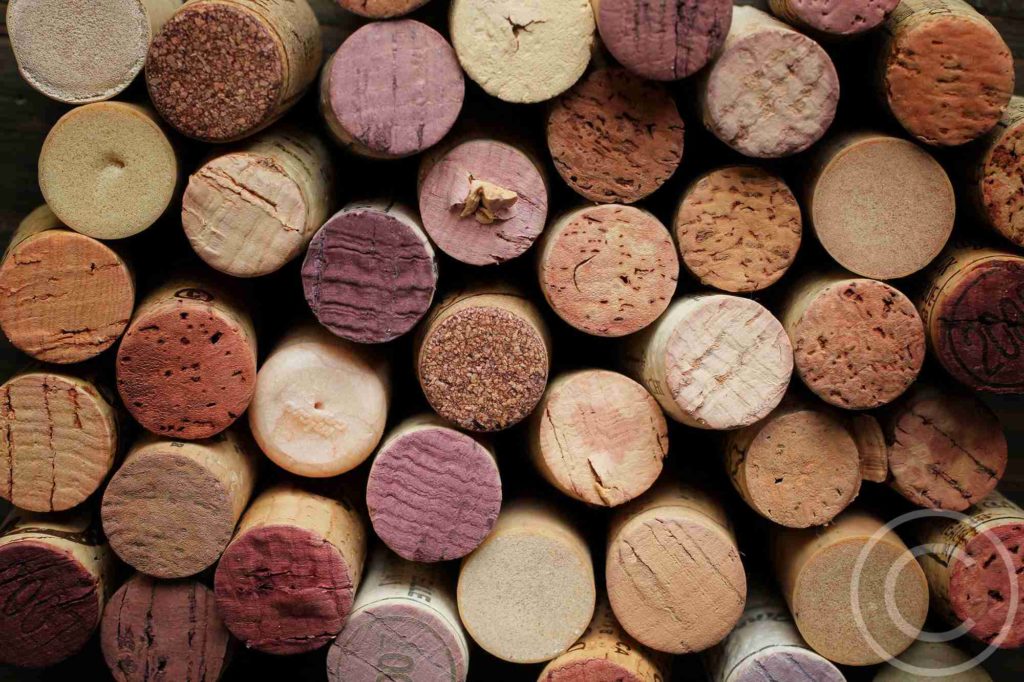
As red wine ages, the harsh tannins of its youth gradually give way to a softer mouthfeel. An inky dark color will eventually fade to a light brick red. These […]
Aging of Wine Does Matter
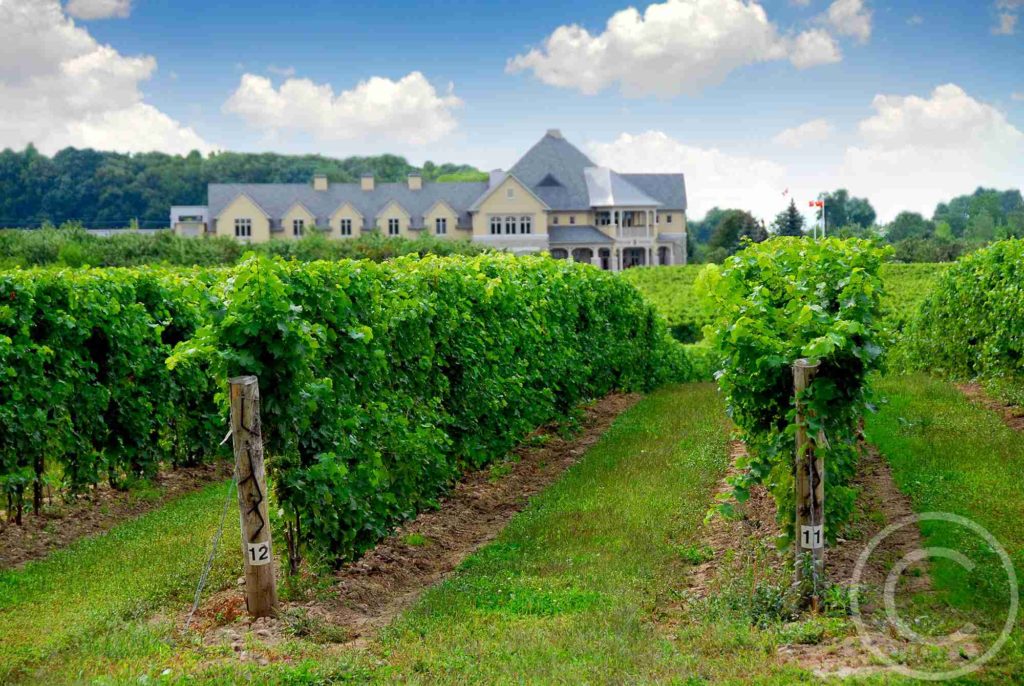 [gallery columns="2" link="file" ids="971,970" orderby="rand"]
[gallery columns="2" link="file" ids="971,970" orderby="rand"]
Vintages in Winemaking
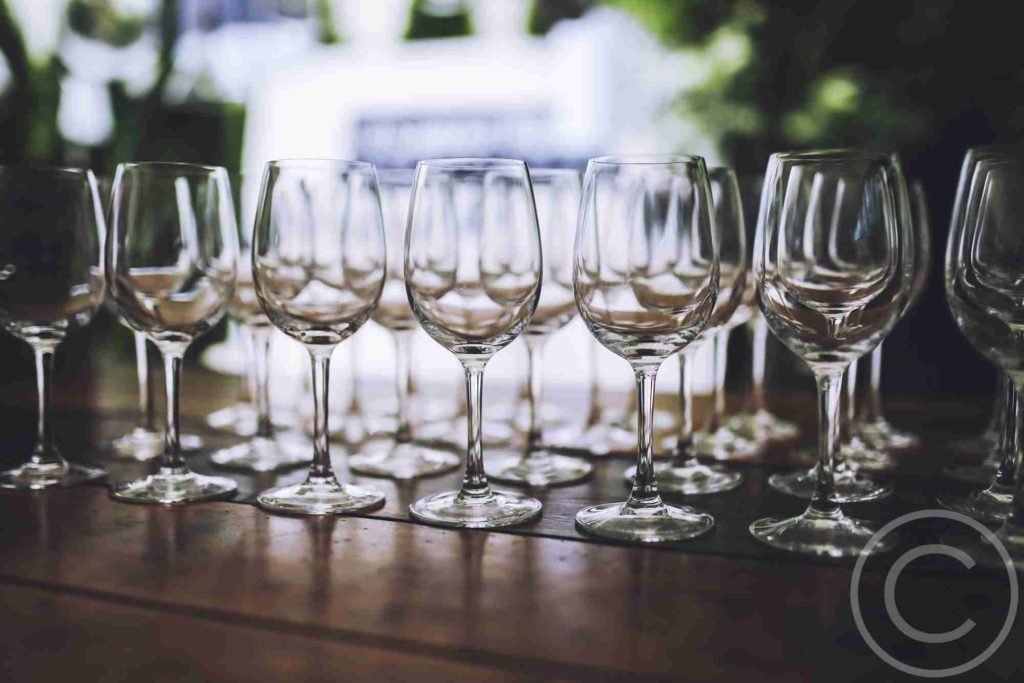
Vintage, in winemaking, is the process of picking grapes and creating the finished product (see Harvest (wine)). A vintage wine is one made from grapes that were all, or primarily, […]
Alternative Wine Closure
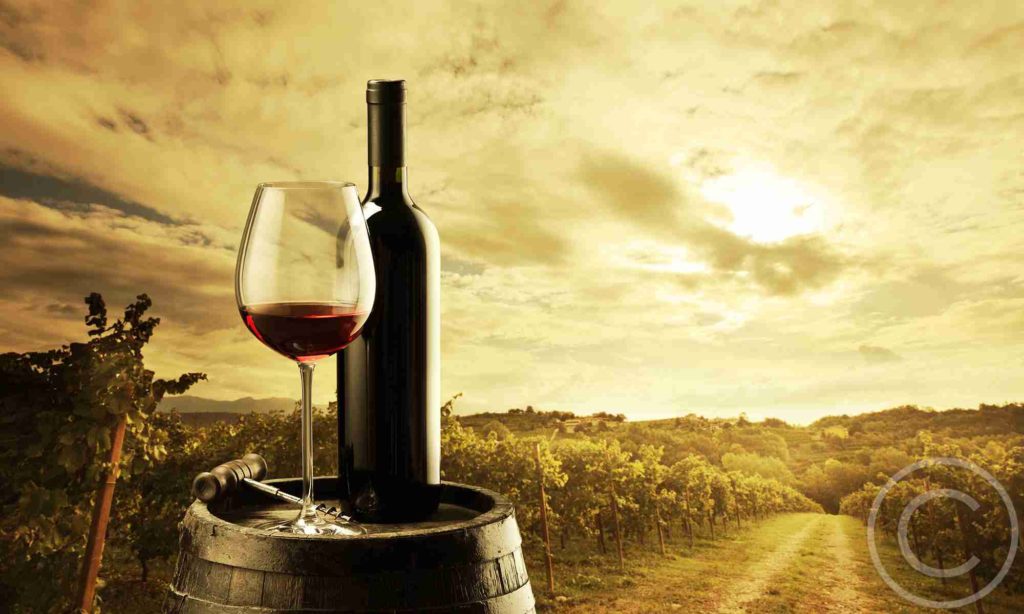
Alternative wine closures are substitute closures used in the wine industry for sealing wine bottles in place of traditional cork closures. The emergence of these alternatives has grown in response […]
Early Wines in the Americas
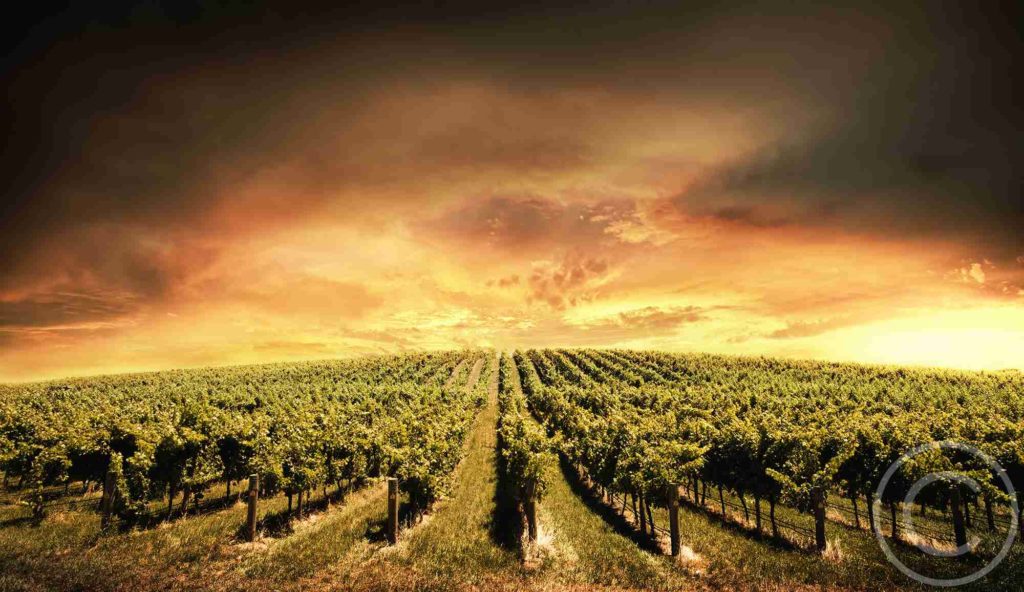
Alcoholic beverages were made by indigenous peoples of the Americas before the Age of Discovery. Indigenous peoples are known to have used maize, potatoes, quinua, pepper tree fruits and strawberries to make alcoholic beverages. Despite the existence of species of the vitis genus (to which Vitis vinifera belongs) in Venezuela, Colombia, Central America and Mexico indigenous peoples did not ferment these species and therefore did not make wine.
Viticulture and Winemaking in Ancient Greece
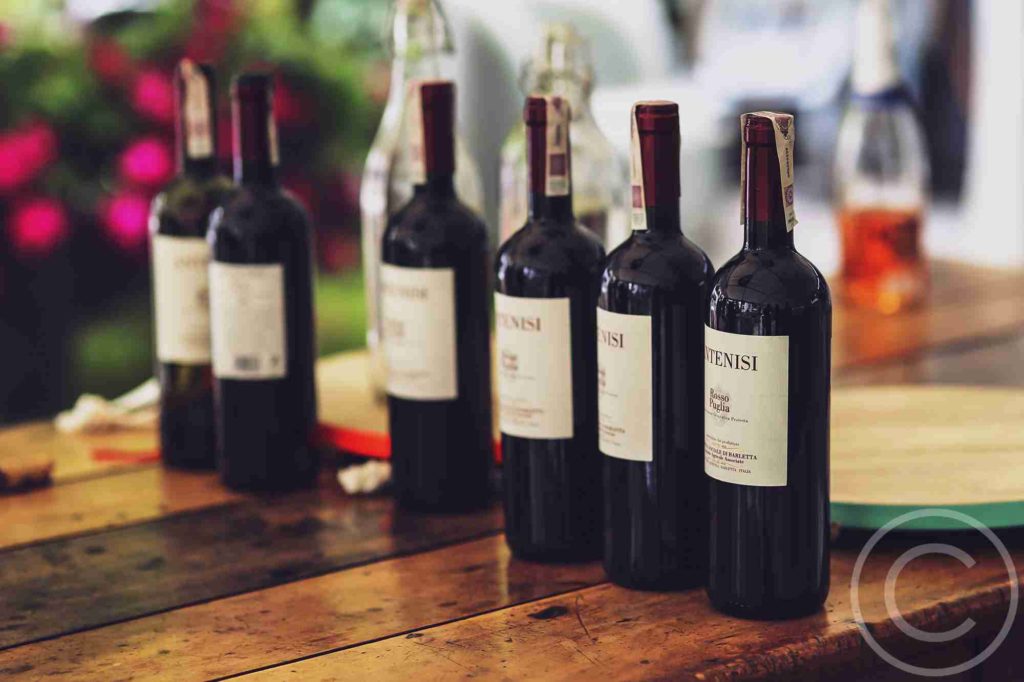
In ancient times, the reputation of a wine depended on the region the wine came from rather than an individual producer or vineyard. In the 4th century BC, the most […]
Quote post
[trx_quote author=”Matt Kramer” style=”1″ link=”#”] Great wines taste like they come from somewhere. Lesser wines taste interchangeable; they could come from anywhere. You can’t fake somewhereness. You can’t manufacture it […]
History of Noble Riesling

Riesling has a long history, and there are several written references to the variety dating from the 15th century, although with varying orthography. The earliest of these references dates from […]
